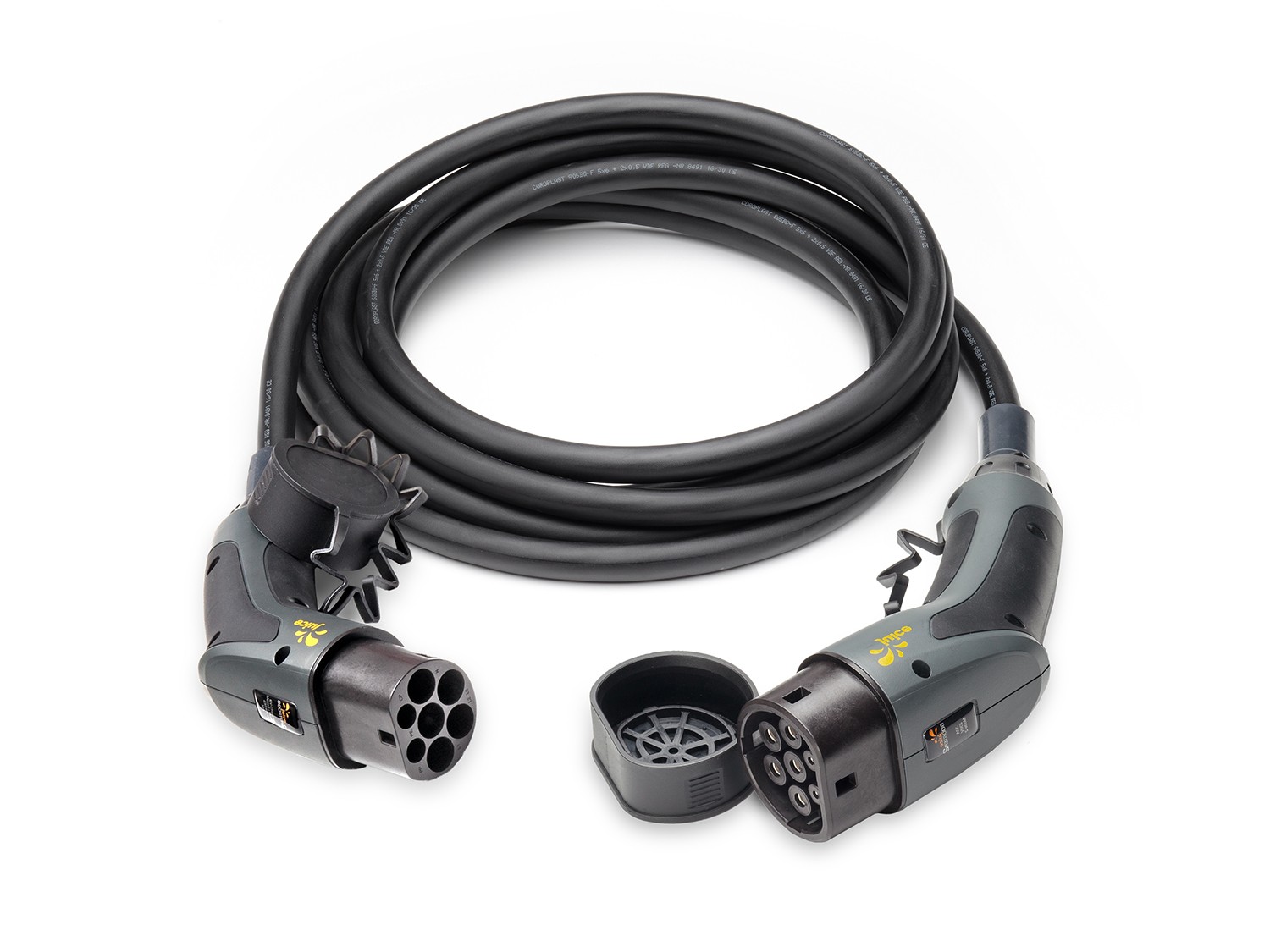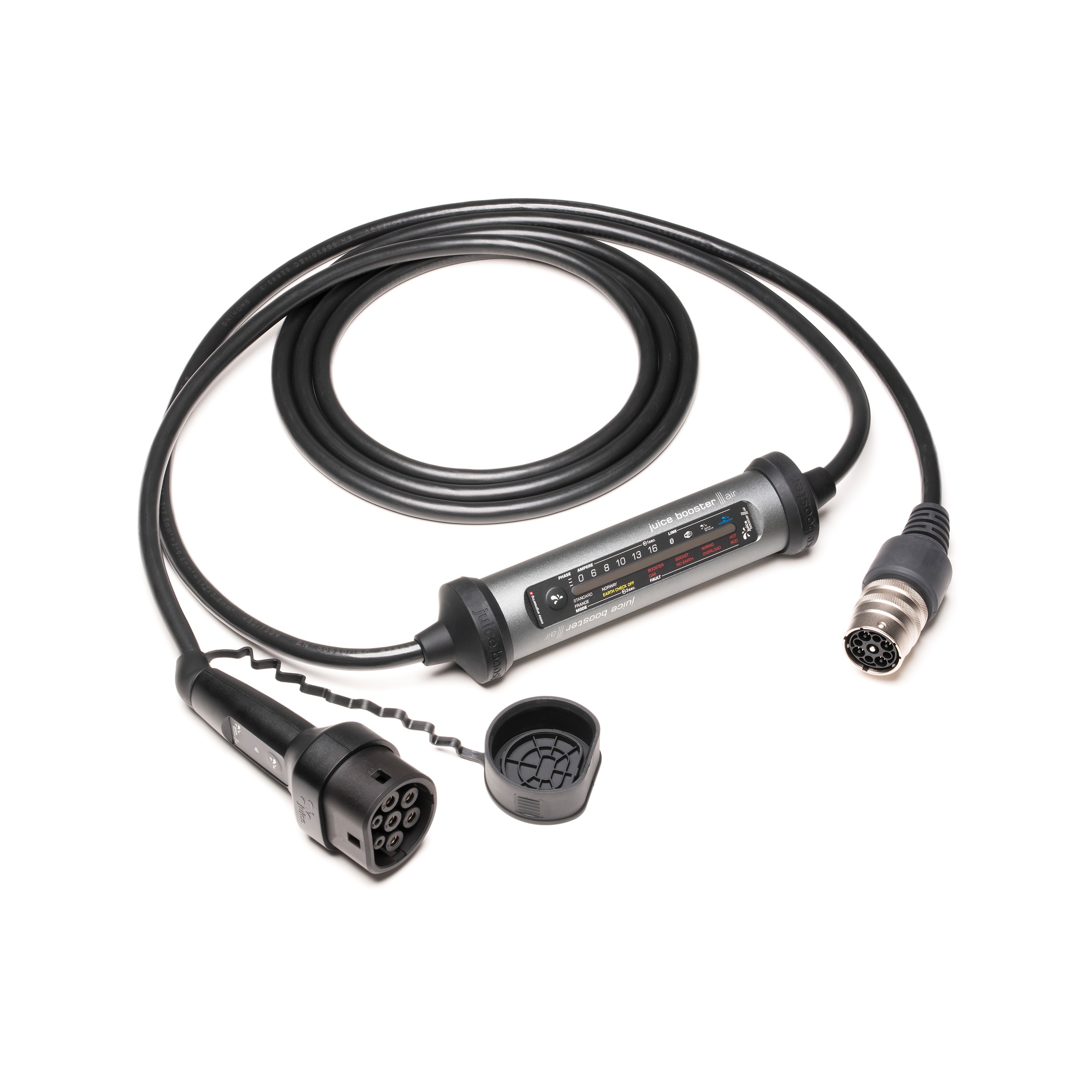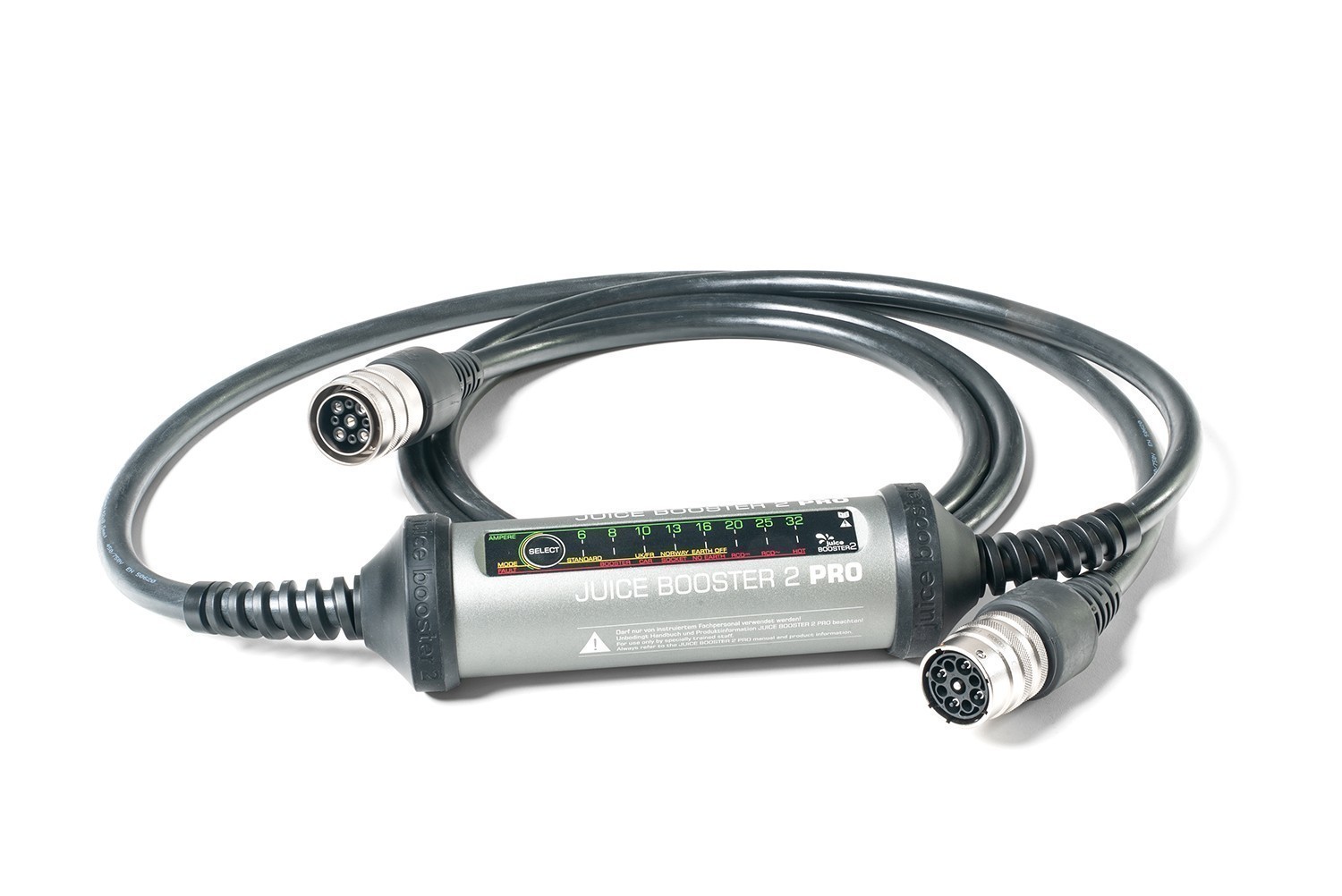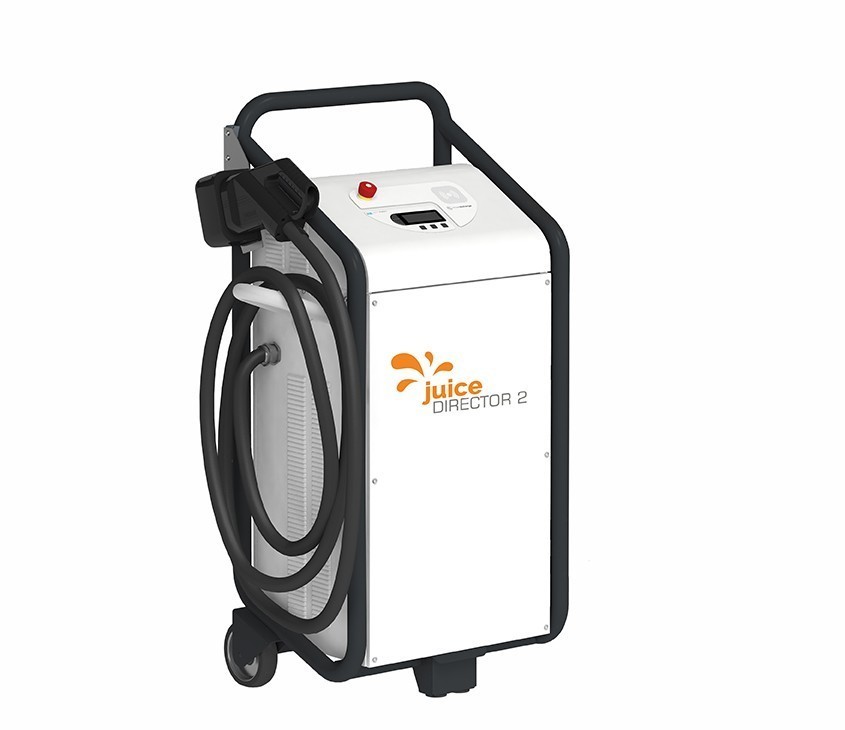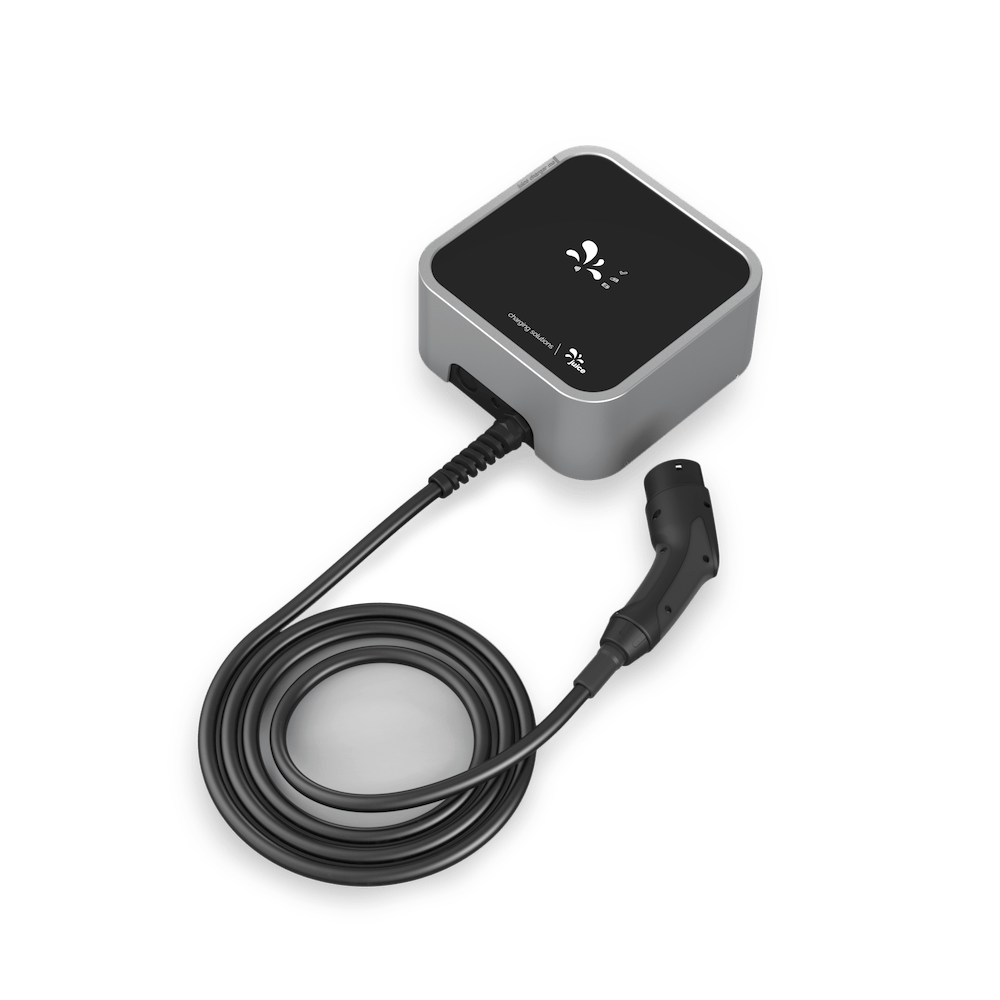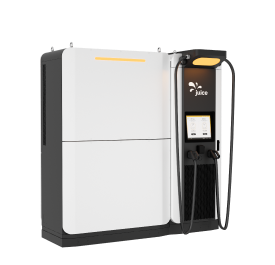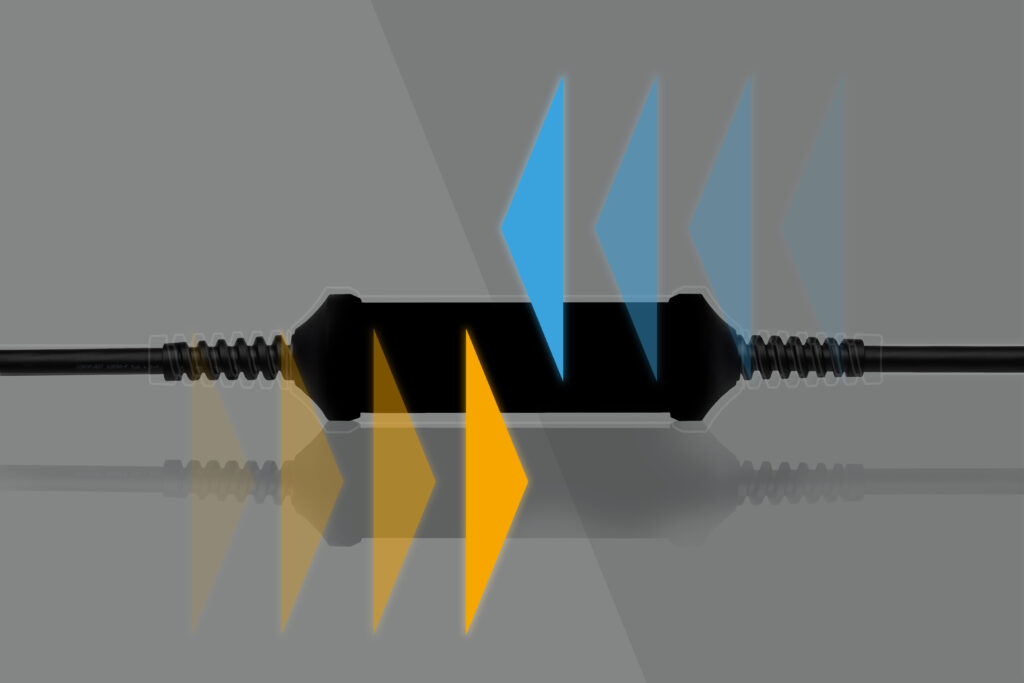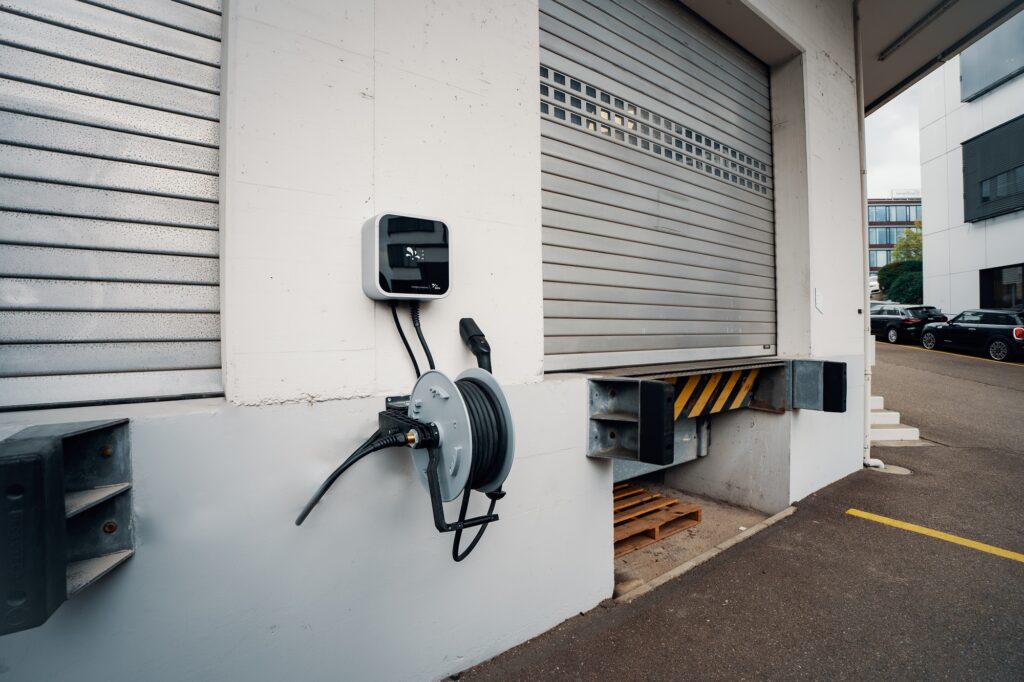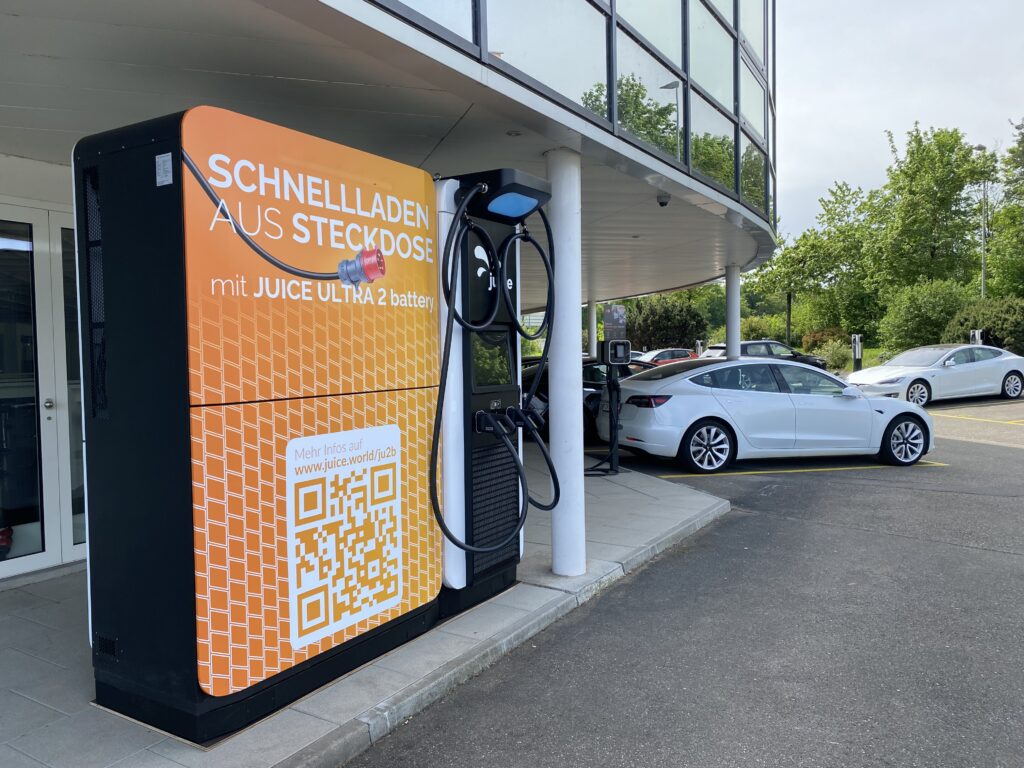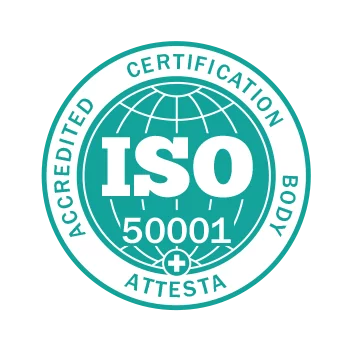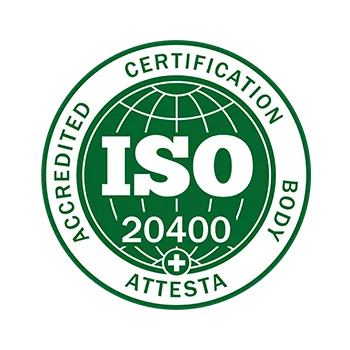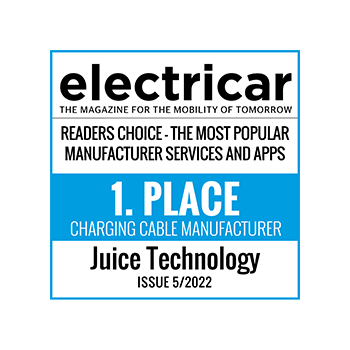The ten most important criteria for easy installation and satisfied customers
At first glance, wall boxes primarily differ in their design – yet the differences are even more stark when it comes to installation and commissioning. Juice products are developed with a clear focus on user-friendliness, thus guaranteeing easy handling. At the same time, we also address the needs of our commercial partners (such as electricians), not least to ensure that installation and commissioning are as straightforward, fast and cost-efficient as possible.
What requirements do fixed wall boxes have to meet to ensure quick and simple installation? In an ideal scenario, they will fulfil the following ten criteria – something which our JUICE CHARGER me 3 masters with aplomb. An even simpler solution is provided at the end of this article.
Ten essential requirements for fixed wall boxes:
- Plug & Play: A fundamental requirement is that the charging stations are fully preconfigured and thoroughly tested in the factory. Commissioning should simply be a matter of establishing the power supply and connecting the devices to the internet. This saves time and reduces the risk of misapplication.
- Mounting options: Depending on the location and usage requirements, several installation options should be available for a fixed charging station, such as surface- or flush mounting or attachment to a pillar. In all cases, the station should be supplied with a complete assembly kit for quick and simple installation.
- Lightweight design: To ensure that the wall box can be easily installed by a single person, its total weight should not exceed 10 kg. With a weight of just 6.5 kg (including the cable), the JUICE CHARGER me 3 is a true featherweight. Installation is simply a question of removing the cover. The supplied installation instructions also serve as a drilling template. The installer merely has to attach the charging station and fit the cover to prepare it for use.
- Weather and shock resistance: Adequate protection for the devices is absolutely essential, particularly when installing them outdoors or in very busy locations. The IP67 protection rating ensures high resistance to water and dust ingress, which significantly extends the service life of the product while also ensuring the safety of caretakers.
- Full standard compliance: In the past, we have seen some manufacturers taking great liberties in interpreting the relevant standards and subsequently applying the CE mark to their products even though they fail to meet these very standards. It is therefore important to ensure that the chargers comply with the IEC standards. These devices are guaranteed to contain all safety-relevant components that protect against electric shocks and have been subjected to extensive safety tests. This helps to avoid unwanted liability claims, which can prove very costly for installers.
- Simple onboarding: It is particularly beneficial if the charging station can be commissioned without special training and if it can be easily connected by any professional electrician. It is therefore important that the onboarding process is as intuitive as possible. In the case of our JUICE CHARGER me 3, we have created a video that clearly demonstrates all the necessary steps in an easily comprehensible manner. The straightforward commissioning should be supplemented with software that enables quick and efficient registration of the devices with a just a few clicks on a user-friendly interface, thus avoiding any needless headaches at the installation site. The best solution is to provide a QR code that can be scanned with a mobile phone. The devices can thus be set up and configured with maximum speed so that they are immediately ready for use.
- Online device administration: In an ideal scenario, an online device management system – such as JUICE EXO – should be provided for user administration, remote maintenance and billing purposes. If the wall box uses standard protocols to communicate with local energy management systems, this will facilitate the integration of photovoltaic plants and the use of external load management control.
- Dynamic load management: When multiple charging stations are used in the same network (such as by fleet operators, building tenants or in car parks), the house connection must be protected against overload. This requires a dynamic load management system that can supply any number of vehicles (at least up to 250) with energy simultaneously. If the existing power can be efficiently distributed across all vehicles, there is often no need to establish a new (larger) supply, and the cars can still be charged effectively while stationary. Nowadays, it is often a legal requirement that charging stations feature dynamic load management. In the absence of such functionality, the necessary activation or installation of additional hardware results in extra costs. This is not the case with the JUICE CHARGER me 3, however, since dynamic load management is already included free of charge! Important: To ensure accurate billing of the actual amount of electricity used, it is essential that all wall-mounted chargers feature an integrated MID-certified current meter.
- Ease of use: Using the charger should be an intuitive process without having to refer to any operating instructions. This also includes a simple user interface, e.g. with easily interpretable LED symbols. A fixed cable is also an essential requirement – after all, nobody would install a petrol pump without also providing the corresponding hose and nozzle. This also eliminates the need for a separate Type 2 cable, which would otherwise have to be kept in the car’s boot at all times. Last but not least, standardisation according to ISO 15118 is another important aspect. This relates to the “Plug & Charge” function, which boosts safety and convenience in equal measure. With this function, connecting the plug to the charging socket on the vehicle is all that is needed to commence the charging process with automatic authentication. Of course, this feature must also be supported by the vehicle itself.
- Technical support and safety: By offering central technical support after installation, manufacturers will simplify the work of the electrician and ensure effective customer support in the case of faults or component replacement. Their powerful hardware and OTA update capability ensures that Juice devices remain fully up to date and, most importantly, completely safe both now and in the future. The area of cybersecurity in particular is given too little attention by many manufacturers. With its “security by design” and “software first” approach, Juice not only ensures user and mechanical safety but also implements its own 3-level safety concept.
Conclusion
The ideal wall-mounted charging station combines a high-quality finish with straightforward installation and easy handling. A high degree of weather resistance reduces maintenance requirements, while partnering with a reliable manufacturer greatly simplifies both service and support.
Our recommendation: Our JUICE CHARGER me 3 is the ideal solution for professionals wishing to provide customers with a sophisticated stationary solution.
For maximum flexibility and even simpler installation, electricians can offer their customers mobile wall boxes such as the JUICE BOOSTER 3 air or the JUICE BOOSTER 2. Connection to a three-phase industrial socket (CEE16 or CEE32) is all that is needed to benefit from the full charging capacity of 11 or 22 kW.
